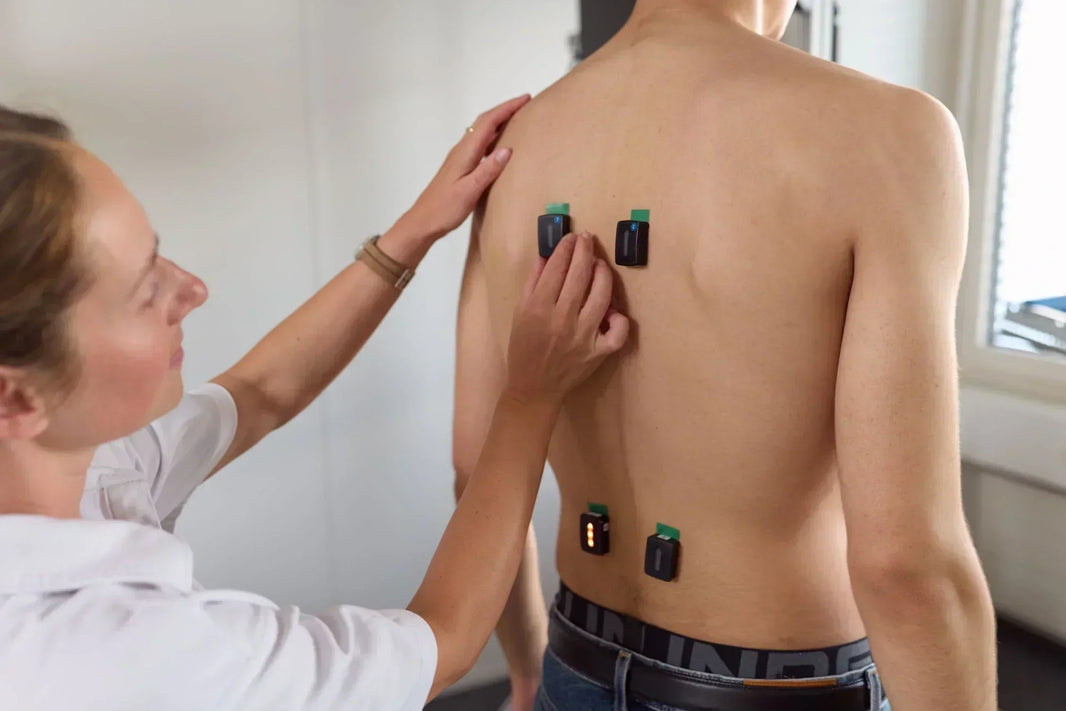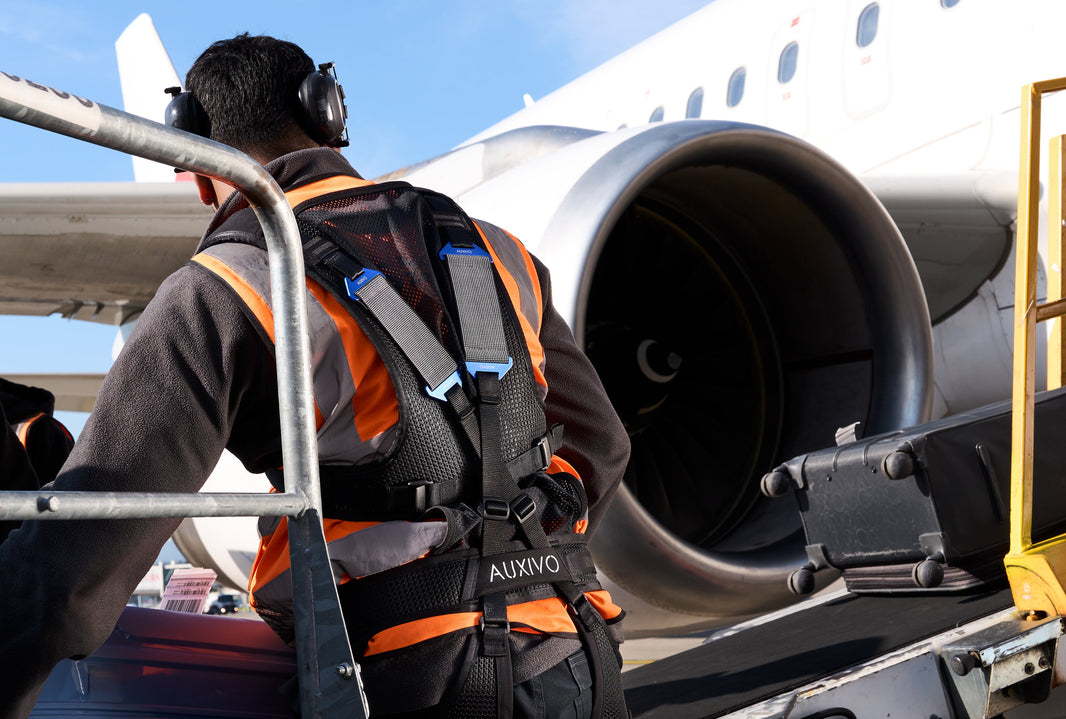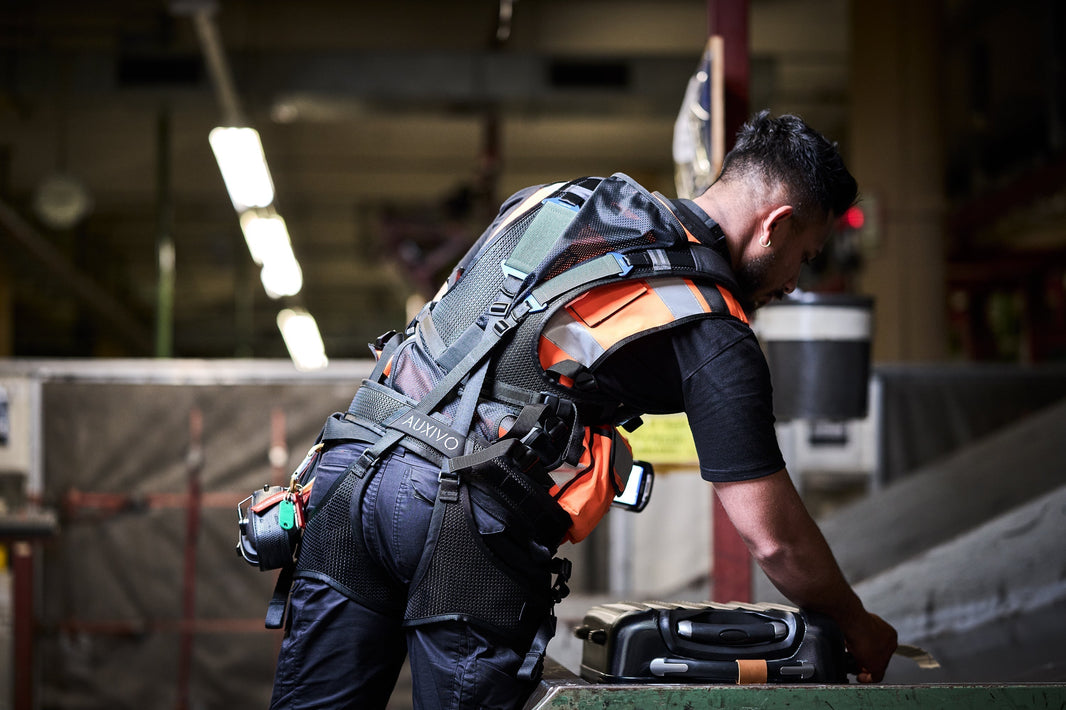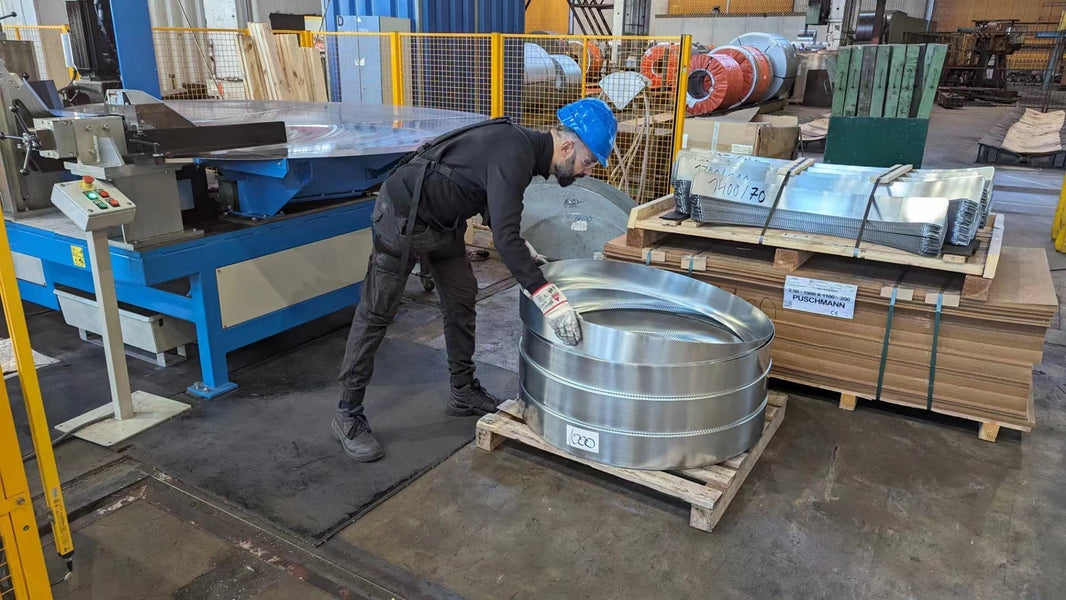The field of human augmentation has taken enormous strides over the last decade, and at the forefront of this innovation is exoskeleton technology. From enhancing worker productivity in industrial settings to assisting with rehabilitation and mobility in healthcare, exoskeletons are transforming how humans interact with their environments.

Broadly speaking, human exoskeletons fall into two categories: Powered and Passive. Each serves a unique purpose, tailored to different user needs and operational environments. Understanding the core differences between powered and passive exoskeletons—and the advantages of each—can help decision-makers, researchers, and users determine which type of technology best fits their goals.
What Is an Exoskeleton?
A human exoskeleton is a wearable device designed to augment, assist, or enhance physical capabilities. These systems are typically worn over the body and use mechanical structures to support the muscles and joints. Applications span across multiple sectors including manufacturing, construction, military, logistics, and healthcare.
The fundamental distinction between powered and passive exoskeletons lies in the mechanism that drives their assistance.

Powered Exoskeletons
Powered exoskeletons, also referred to as active exoskeletons, use actuators, motors, or hydraulics to generate movement. These devices are often equipped with sensors, microcontrollers, and batteries to intelligently respond to the user’s motion and provide force augmentation.
How They Work: Powered exoskeletons are designed to actively assist the user’s movements. Sensors monitor motion or intent (such as muscle activation or joint angle), and actuators provide mechanical assistance in real time. This can reduce the effort needed to lift heavy objects, stabilize the body during repetitive movements, or support rehabilitation by guiding specific joint movements.

Applications:
-
Healthcare and Rehabilitation: Assisting patients with mobility impairments to walk or regain strength after injuries.
-
Industrial Settings: Enhancing the strength and endurance of workers performing repetitive or strenuous tasks.
-
Military: Improving soldier endurance and reducing injury from heavy equipment loads.
Advantages of Powered Exoskeletons
-
Active Assistance: Powered exoskeletons provide real-time support, enabling users to lift heavier loads or walk longer distances with less fatigue. This makes them especially valuable for patients with mobility challenges or workers performing repetitive heavy lifting.
-
Customizable Control: Advanced sensors and AI integration allow powered systems to adapt to different movements, body types, and task demands. This leads to a highly personalized level of support and assistance.
-
Rehabilitation Capabilities: In healthcare, powered exoskeletons enable targeted therapy by guiding specific movements, monitoring patient progress, and delivering consistent assistance across sessions.
-
Enhanced Performance: For military and emergency response personnel, powered systems can increase strength and endurance while reducing the risk of injury, even in extreme environments.

Passive Exoskeletons
Passive exoskeletons do not rely on motors or powered components. Instead, they use mechanical elements like springs, dampers, or elastic materials to redistribute or absorb forces. These systems are designed to support posture, reduce strain, or offload weight without providing active movement.

How They Work: Passive exoskeletons store and release energy as the user moves. For example, a spring-loaded system can absorb the downward force from a squatting motion and release it as the user stands up, reducing strain on the knees and lower back. By aligning the body’s biomechanics and distributing load, passive systems reduce fatigue and the risk of musculoskeletal disorders.
Applications:
-
Manufacturing and Assembly Lines: Supporting overhead work or prolonged standing positions.
-
Construction: Offloading weight from the back, shoulders, or legs.
-
Logistics: Assisting with lifting tasks while preserving flexibility and mobility.
Advantages of Passive Exoskeletons
-
Simplicity and Reliability: Without motors or electronics, passive systems are more mechanically simple and inherently reliable. There’s no risk of battery failure, software malfunction, or electrical issues, making them ideal for rugged environments.
-
Lightweight and Comfortable: Passive designs tend to be lighter and more breathable, increasing long-term comfort. This makes them well-suited for applications where the user wears the device for several hours at a time.
-
Cost-Effective: Because they don’t include expensive electronics or complex mechanics, passive exoskeletons are generally more affordable. This makes large-scale implementation feasible in industries with tight margins.
-
Low Maintenance: With fewer moving parts and no need for charging or software updates, passive exoskeletons require minimal upkeep, making them attractive for high-throughput workplaces.

Choosing Between Powered and Passive Systems
The choice between a powered and passive exoskeleton depends heavily on the use case, environment, and budget.
-
For Heavy-Duty or Clinical Applications: Powered systems are the go-to. Their active assistance and programmability make them ideal for patients undergoing physical therapy or workers facing high physical demands.
-
For Routine Workplace Ergonomics: Passive systems shine in environments where motion assistance isn’t needed, but reducing fatigue and injury risk is crucial—such as on a manufacturing line or in logistics operations.

It’s also worth noting that hybrid systems—those that incorporate both passive and powered components—are beginning to emerge. These designs aim to provide a balance of efficiency, comfort, and assistance, especially for use cases that span multiple movement patterns or intensity levels.
Final Thoughts
Exoskeleton technology continues to evolve at a rapid pace, driven by innovations in robotics, biomechanics, and materials science. Whether passive or powered, these wearable systems are reshaping the future of work, rehabilitation, and human performance. Understanding their differences and respective advantages is critical to selecting the right solution for your needs.
As adoption expands and new designs are introduced, we can expect even more tailored, intelligent, and accessible exoskeletons to enter the market—bridging the gap between human limitations and mechanical possibility.







